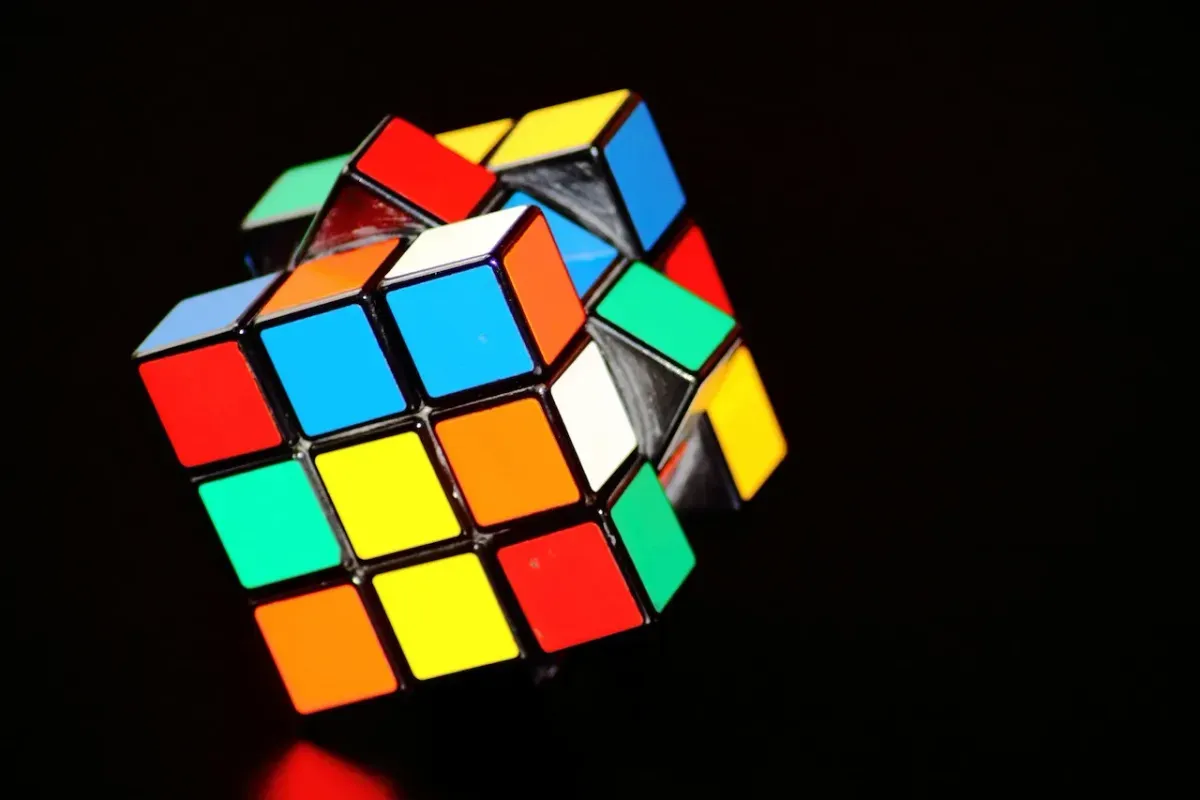
Cognitive Remediation Therapy
Learn more about Cognitive Remediation Therapy, its techniques and exercises to enhance clients' cognitive and functional skills.
Get carepatron free
Commonly asked questions
The most common cognitive remediation therapy (CRT) techniques include attention, working memory, problem-solving, executive function, visuospatial, language, and memory training.
The most effective CRT techniques are those tailored to the individual's needs and goals. However, some effective techniques include attention, working memory, problem-solving, and executive function training.
CRT is not essential for everyone, but it can be a helpful treatment for individuals with cognitive impairment due to a mental health disorder.
The effectiveness of CRT varies depending on the individual and specific techniques used. However, studies have shown that CRT can effectively improve cognitive skills and functional abilities in individuals with various mental health disorders.







